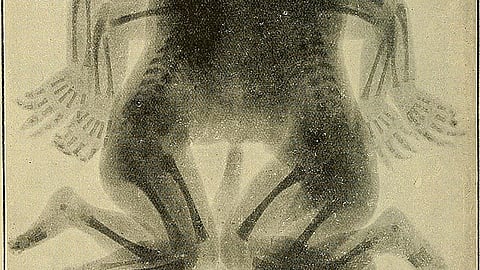In a rare medical occurrence, conjoined twins were born in Indonesia with three legs, four arms, and a fused pelvis. These twins, referred to as "spider" twins due to their unusual limb arrangement, share one bladder, rectum, and intestine. This extraordinary case was reported in the American Journal of Case Reports, highlighting its rarity and complexity.
The twins, born in 2018, are classified as Ischiopagus Tripus, a condition where twins are joined at the pelvis. They have two functional legs and arms, one non-functional leg, and share one penis and anus. For the first three years of their lives, the twins were unable to sit up and had to lie flat due to their unique body structure.
After extensive consultations with the hospital ethics committee, institution review board, and the parents, surgeons decided to amputate the non-functional third leg and stabilize the twins' hip and pelvic bones. The surgery aimed to improve their quality of life by enabling them to sit upright. Remarkably, the twins experienced no complications post-surgery.
Conjoined twins occur in approximately one in 50,000 to 200,000 pregnancies, resulting from an incomplete split of the fertilized egg. This process, occurring around eight to twelve days after conception, results in two embryos developing while remaining physically connected. Ischiopagus twins, where the connection is at the pelvis, account for only six to eleven percent of conjoined twin cases.


